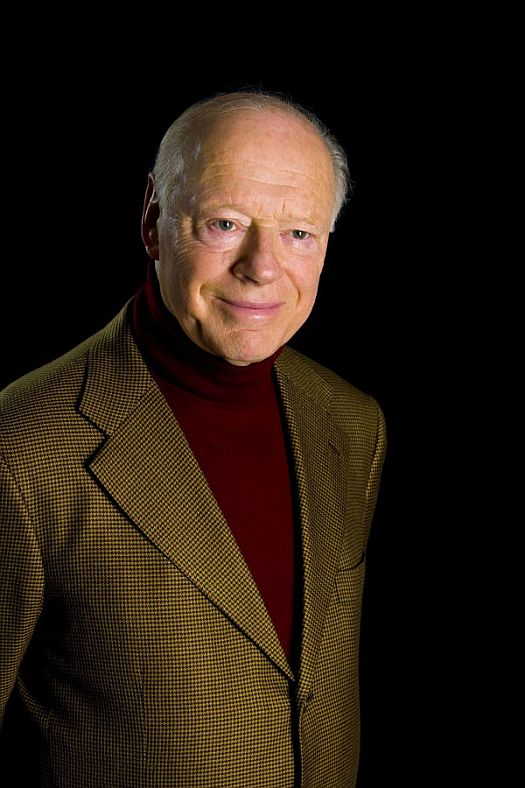 Switzerland Beethoven: Tonhalle Orchestra, Bernard Haitink (conductor), Murray Perahia (Piano), Zurich 3.2.12 (JR)
Switzerland Beethoven: Tonhalle Orchestra, Bernard Haitink (conductor), Murray Perahia (Piano), Zurich 3.2.12 (JR)
Beethoven: Piano Concerto No. 4
Beethoven: Symphony No. 5

Haitink and Perahia: with such a coupling, one neither expected nor received any major surprises, simply the result of technical and interpretative mastery honed by both interpreters over many decades. Haitink is at a stage in his long career where he has no need to explore works which are new to him nor exhaust himself with excessively lengthy works but conducts what he knows best, without need of a score, and can choose his soloists. The hall was inevitably packed to the rafters, even the doors at the very back of the Stalls had been opened – a rare event – to accommodate a few more rows of seats in a rear corridor so that some less fortunate to have secured seats in the hall itself could at least (just) hear (but hardly see) the concert.
Zurich is lucky to have Haitink as a regular, as the maestro resides not far away on the shores of Lake Lucerne. Perahia, on the other hand, is a rare guest. (He is currently Guest Artist with the Berlin Philharmonic). The pair has been music-making together for decades, and their recording of all the Beethoven piano concerti was widely acclaimed.
The tempi Haitink and Perahia chose were neither too relaxed nor too rushed, but just right and traditional. The opening of the 4th Concerto was allegro and certainly moderato (as marked); it was unhurried, and allowed one to sit back and wonder at Perahia’s thrilling trills. The slow movement was lyrical, poetic and warm; the Rondo, vivace brought the work to a tempestuous conclusion. Haitink had been a respectful and reverent accompanist with the Tonhalle Orchestra, one hardly noticed them– that is just how it should be. Perahia’s reading was, as always, intelligent, solid (but never boring), without histrionics of any kind, humble – traits that are actually often mentioned with Haitink’s conducting. This is why this pairing always succeeds.
Everyone knows, or thinks they know, Beethoven’s Fifth Symphony. The task here is to reveal the delights which occur after that famous opening. Schumann recognised immediately that the symphony would still be heard centuries later. Haitink’s reading belied his age and was the result of long experience, 55 years of music-making. After years of splendid Mahler, Bruckner and Shostakovich, he is completing a Beethoven cycle with the Chamber Orchestra of Europe at the Concertgebouw in Amsterdam and in the Salle Pleyel in Paris.
After returning from the interval, Haitink hardly allowed the audience to settle before launching vehemently into the famous and urgent opening motif; it certainly made them sit up and shut up. The opening allegro con brio had plenty of brio, and the strings of the Tonhalle in particular gave their last ounce of energy. The other movements were like listening to a master-class: polished elegance in the slow movement, but with muscularity, a playful and quirky third movement and an urgent Finale bringing the audience and orchestra to acclaim the maestro in equal measure. The orchestra had certainly impressed all round, with playing of great accuracy, articulation and refinement. The audience went out to face the intensely cold Zurich night, warmed and enriched.
John Rhodes